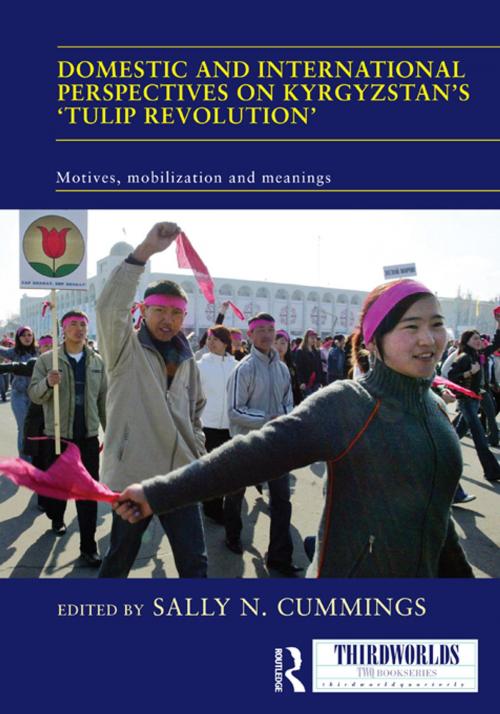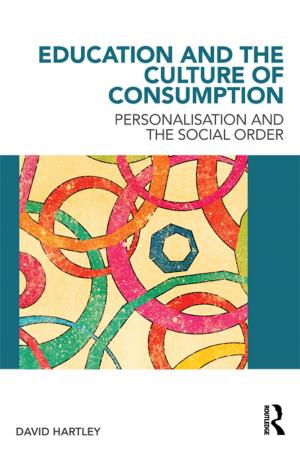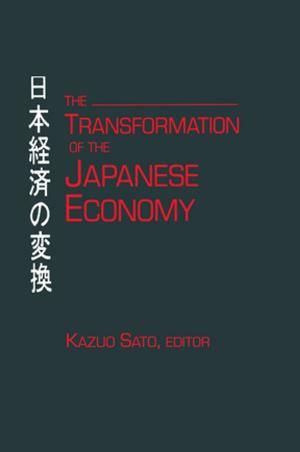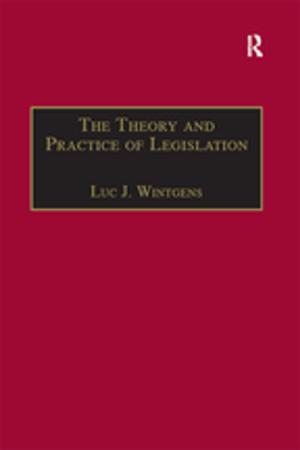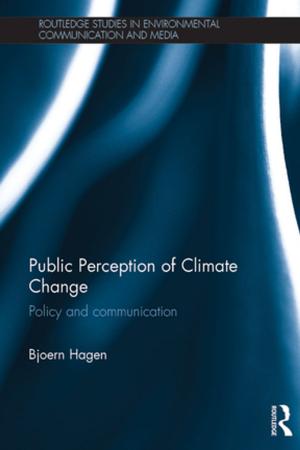Domestic and International Perspectives on Kyrgyzstan’s ‘Tulip Revolution’
Motives, Mobilization and Meanings
Nonfiction, Social & Cultural Studies, Political Science, Politics, Leadership, Civil Rights| Author: | ISBN: | 9781317989660 | |
| Publisher: | Taylor and Francis | Publication: | September 13, 2013 |
| Imprint: | Routledge | Language: | English |
| Author: | |
| ISBN: | 9781317989660 |
| Publisher: | Taylor and Francis |
| Publication: | September 13, 2013 |
| Imprint: | Routledge |
| Language: | English |
In early 2005 regional protests in Kyrgyzstan soon became national ones as protesters seized control of the country’s capital, Bishkek. The country’s president for fifteen years, Askar Akaev, fled the country and after a night of extensive looting, a new president, Kurmanbek Bakiev, came to power. The events quickly earned the epithet ‘Tulip Revolution’ and were interpreted as the third of the colour revolutions in the post-Soviet space, following Ukraine and Georgia. But did the events in Kyrgyzstan amount to a ‘revolution’? How much change followed and with what academic and policy implications? This innovative, unique study of these events brings together a new generation of Kyrgyz scholars together with established international observers to assess what happened in Kyrgyzstan and after, and the wider implications.
This book was published as a special issue of Central Asian Survey.
In early 2005 regional protests in Kyrgyzstan soon became national ones as protesters seized control of the country’s capital, Bishkek. The country’s president for fifteen years, Askar Akaev, fled the country and after a night of extensive looting, a new president, Kurmanbek Bakiev, came to power. The events quickly earned the epithet ‘Tulip Revolution’ and were interpreted as the third of the colour revolutions in the post-Soviet space, following Ukraine and Georgia. But did the events in Kyrgyzstan amount to a ‘revolution’? How much change followed and with what academic and policy implications? This innovative, unique study of these events brings together a new generation of Kyrgyz scholars together with established international observers to assess what happened in Kyrgyzstan and after, and the wider implications.
This book was published as a special issue of Central Asian Survey.
